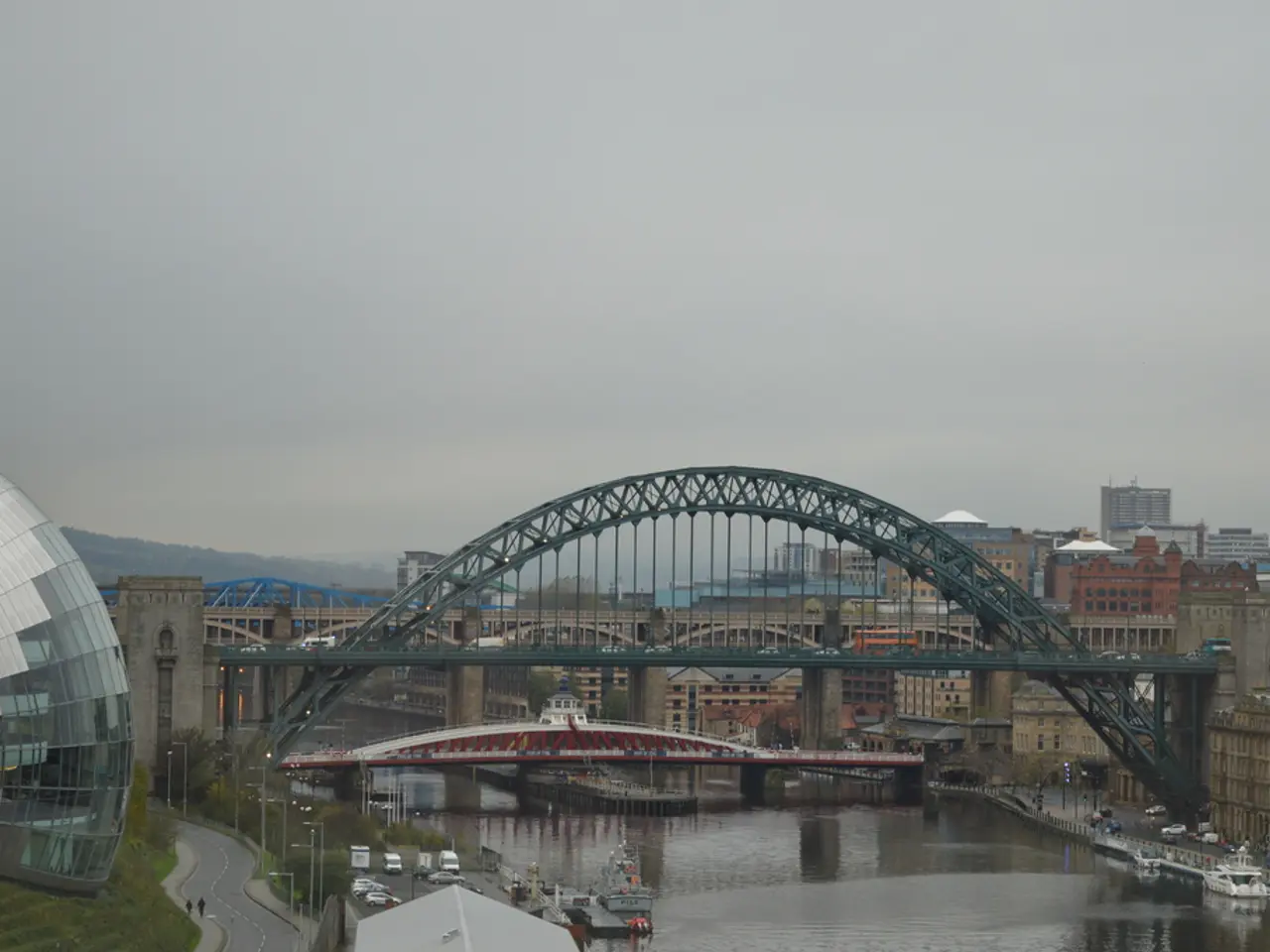A nonchalant abode in Minas Gerais, Brazil, Casa Koba exudes a sense of unrestricted freedom and comfort.
## Casa Koba: A Home Embraced by Nature and Tradition
Nestled in the picturesque municipality of Gonçalves, Minas Gerais, Brazil, Casa Koba stands as a testament to the power of natural and primitive materials in modern architecture. Designed by Estudio Haa, the home is a harmonious blend of traditional and contemporary design elements, creating an inviting and comfortable living space[1][2].
Casa Koba was built on a wooden plane, resembling a series of 'blocks', and predominantly crafted from ceramic and wood. These materials not only pay homage to local building traditions but also provide a warm, earthy aesthetic that complements the surrounding landscape[1]. The home's material palette and relationship with the landscape contribute to a welcoming and embracing atmosphere[3].
The design of Casa Koba is thoughtfully planned to address the challenges posed by its steep slope and southern exposure. While specific structural solutions are not detailed, the use of terracotta brick likely aids in integrating the structure into the hillside, as the material is locally sourced and robust enough to handle the demands of such a site[4].
Minas Gerais is renowned for its mountainous, hilly terrain, and the high-altitude setting of Casa Koba would have presented significant construction and spatial planning challenges. However, the emphasis on a relaxed, informal layout encourages movement and connection with the outdoors, promoting a sense of freedom and comfort[1].
The region's cold climate, especially at higher altitudes, necessitates thoughtful thermal management. Terracotta brick, with its excellent thermal mass properties, absorbs heat during the day and releases it slowly at night, thus helping to regulate indoor temperatures naturally[1]. This passive design strategy would be particularly effective in the cool, mountain climate of Minas Gerais, reducing reliance on artificial heating.
Casa Koba's layout was divided into four functional spaces: private areas, guest suites, a living area, and a lower level for a garage, storage room, wine cellar, and gym. The home's architect, Estudio Haa, has worked on several projects in the region due to its cold, high-altitude climate, and this expertise is evident in the thoughtful design of Casa Koba[5].
The guest bathroom in Casa Koba is designed to feel like showering in the middle of a forest, with a small internal dry garden offering a visual connection to the outside while preserving privacy[6]. The social area, with its curved ceiling, is a favourite of the architect due to its lightness, transparency, and the soft, ever-changing glow created by northern light filtering through[7].
The internal dry garden in the guest bathroom and the social area's curved ceiling both contribute to a deep sense of informality and ease, further enhancing the home's relaxed and inviting environment[8]. Casa Koba is not a space that conforms to traditional notions of formality but instead promotes a relaxed and inviting environment, designed to be lived in rather than just seen[9].
In conclusion, while specific architectural drawings are not available, Casa Koba's design by Estudio Haa clearly responds to its challenging site and climate through material choice, likely spatial strategies, and an emphasis on comfort and adaptability[1][4]. The terracotta brick not only integrates the house into its landscape but also provides essential thermal benefits for the cold, high-altitude environment, while the layout promotes a relaxed, connected living experience.
The interior design of Casa Koba seamlessly merges traditional elements with modern aesthetics, creating a harmonious lifestyle space reminiscent of home-and-garden living. The warm, earthy materials like ceramic and wood, sourced locally and in line with traditional building practices, contribute to the inviting and comfortable atmosphere of this unique home design.




